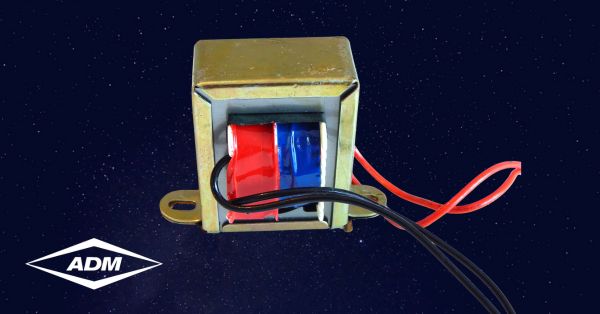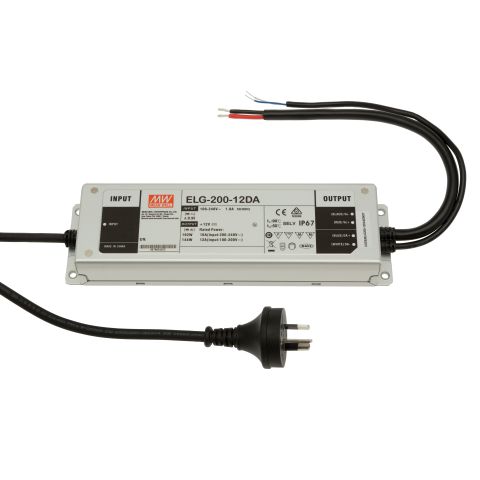What is a Transformer?
A transformer is specifically a device that either reduces or increases the voltage of an alternating current. It consists of a metal core, usually an iron alloy, wound with copper wire.
However, the term “transformer” is often incorrectly used as a general term for any device that converts one voltage to another, either alternating or direct current.

This can make it difficult if you have received an enquiry from a customer, asking for a 240V to 24V transformer. You need to ask some questions to determine if it truly is a transformer that is required, or some form of switch mode power supply.
Switch mode power supplies are electronic devices that convert an alternating current (AC) voltage to a direct current (DC) voltage.
There are some devices that will also convert one DC voltage to a different DC voltage. These are usually called DC to DC converters or DC rectifiers.
Switch mode power supplies come in many shapes and sizes including:
|
|
|
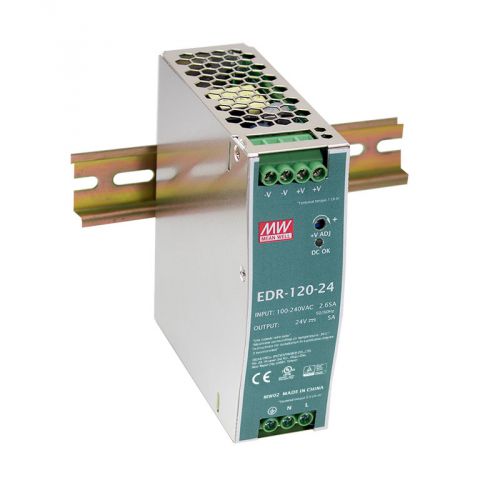 |
|
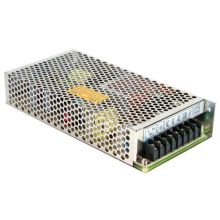 |
|
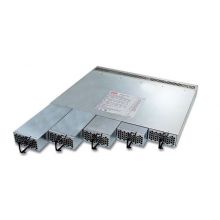 |
|
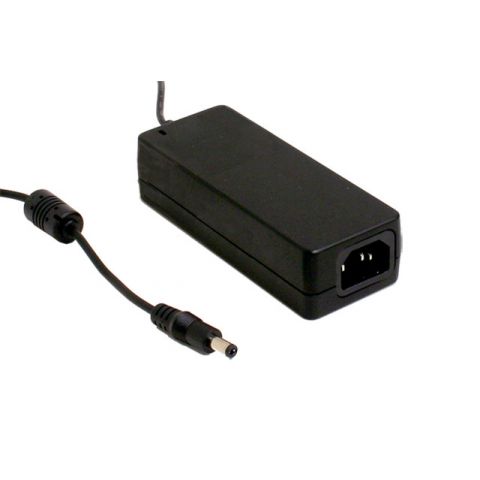 |
|
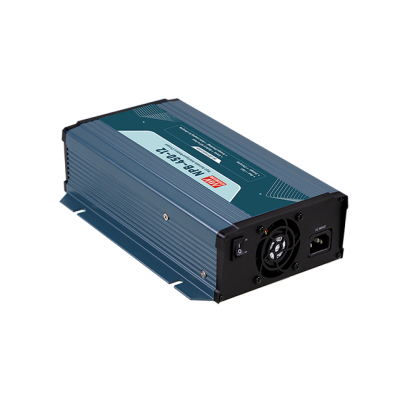 |
All of these perform the same basic function: Converting an alternating current (AC) voltage to a direct current (DC) voltage.
However, there are differences in their form factor, features, and certification.
DIN rail power supplies, enclosed power supplies, and rack-mount power supplies are self-explanatory. They are switch mode power supplies that are designed to be mounted in a specific manner.
LED drivers must have by law the electrical safety approvals relevant to LED lighting applications. Some will have fitted 3-pin GPO plugs for easy installation.
Power adaptors are designed to be safely plugged into a wall socket, with safe connection to the device they are powering. Some examples are your laptop power supply, or the power supply that comes with a radio. These too must have an Australian electrical safety approval, although it differs to the one for LED power supplies.
Battery chargers will have output voltages that are specific to battery charging applications, they also manage the delivery of current and voltage during the charging cycle to protect the battery. Some are required to have an Australian electrical safety approval, depending on their application.
If you receive an enquiry for a “transformer” there are a few questions that you need to ask your customer:
- What is the required input voltage and output voltage?
- Are these alternating current (AC) or direct current (DC)?
If the input and output currents are AC, then you know it is a transformer that the customer is looking for. If the output is DC, then it will be some form of switch-mode power supply. Therefore, you will need to ask a few more questions, such as:
- How is the power supply to be mounted?
- What is the application?
- For LED applications don’t forget to ask the customer if they are dimming the lights and if so, what type of dimmer they are using.
If the customer is replacing a “transformer” ask them if they can take a photo. Email their photo to sales@admtech.com.au and we should be able to assist you in being able to offer a suitable solution.
Make sure that the photo clearly shows the product rating label, so we can see its rated input and output, alongside any other information that may be useful. We recently received the following image from a customer, it is a good example of what we need to see:
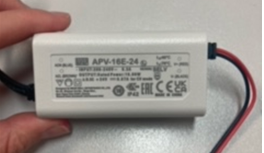
ADM holds stock local of many different power supplies. So, if we have a model that will suit your customer, we can usually despatch it within one business day.
We can also help you win that order by offering bulk discounts for larger orders.
Contact the ADM sales team for further information.


